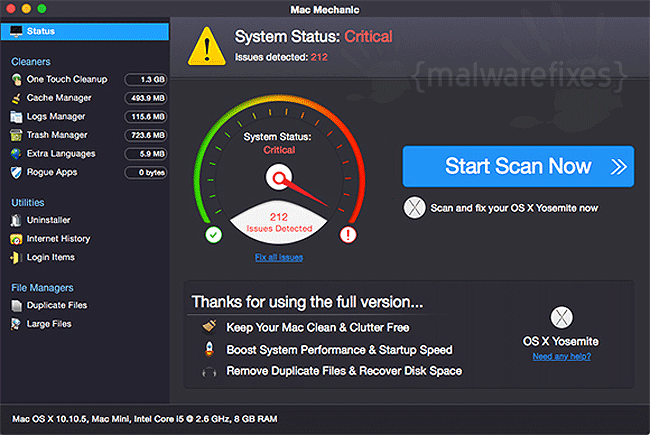
After entering a new name for the table, select “Structure Only” from the paste options shown. You will see the dialog box displayed in Figure 6. Then paste the table back into the database window, once again using either the menu bar or the pop-up menu. To do this, select the table in the database window and then select “Edit” and “Copy” from the menu bar or right-click the table and select “Copy” from the pop-up menu that appears. The first step is to create a copy of the table structure. The other method of removing duplicate records is a two-step process that involves creating a copy of the table and once again selecting a field or combination of fields to determine if each record is unique. 24-hour programmability with simple controls. On the other hand, for especially large tables where you only want to remove duplications and leave the original record in the table, this may not be enough.Ĭuisinart Automatic Grind & Brew 10-Cup Thermal CoffeemakerĮnjoy hot and fresh coffee! Automatic blade grinder and 10-cup double-wall insulated thermal carafe to keep coffee hot. The records are automatically removed from the table on which the query was based. If the query finds no more than a few dozen duplications or if you want to remove both the original and duplicate record, it’s easy to delete the necessary records from the query. Either way, the query has found the duplicated information in the table according to the specified settings.ĭepending on the size of the table, this method may be all that you need. With a database like this, you may or may not want to allow more than one contact per household, depending on your use of the data. In this case, using the first and last names in addition to the phone number would have eliminated the two highlighted records. As I mentioned earlier, the wizard will allow the use of more than one field while searching for duplicates. In addition to the two duplications which were highlighted in Figure 1, the table also contains the same phone number for Harrison and Geneva Raines. You will notice in this example that the query has actually found three sets of duplicates.

For the purpose of this example, I’ve only included thirteen records and it would be simple to pick out the duplicates manually but if this table contained hundreds or even thousands of records, that would probably not be an option.įigure 5 – Query Wizard: Find Duplicate Query results Figure 1 shows a screenshot of the original table which contains duplicate records as shown by the highlighting. An index of these screenshots is available at the bottom of this page.Īs the example, I’m using a small table of fictional names, addresses and telephone

Throughout this article, I use links to various screenshots which will be displayed in a separate window. Please remember that you should always backup your database before making changes to database objects or deleting large amounts of data.Ī sample database with the tables and queries shown here is available for download. This article will explain two methods for removing duplicate information from tables.

Fortunately, Access offers a couple of options that you can use to remove the duplicates from your table quickly and easily. Whatever the reason, now you want to make sure that the records in the table are unique. Maybe it was imported from one or more sources or perhaps it was not setup with the necessary key to ensure unique records. Occasionally, you might have a table in Access that contains duplicate records. While the interface in Access has changed somewhat, the principles are still essentially the same for later versions.) (This article was originally written for Access 2002.


 0 kommentar(er)
0 kommentar(er)
